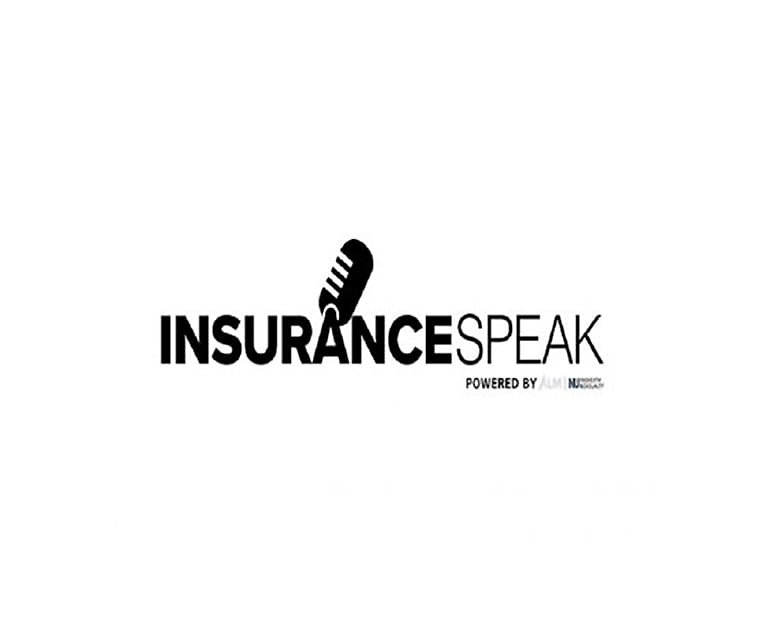Selling personal lines insurance products to the lesbian, gay,bisexual and transgender (LGBT) community is part of a diversemarketing strategy that an agent or broker can use to gainadditional clients.
|According to Diversity Inc. magazine, between 15 to 16 millionadult Americans, which translates to at least 6 percent of the U.S.population, identify themselves as lesbian, gay, bisexual ortransgender, but many estimate the actual percentage to be about 10percent. Also worth noting is that members of the LGBT communityhave a large network of people who support them. According toDiversity Inc., 78 percent of LGBT people and their friends orrelatives would switch brands to the companies that are known asLGBT friendly.
|Read a previous Getting Personal by Paul Morrissette: “Helphomeowners avoid tragedy.”
|In addition, Diversity Inc. estimates the buying power of thiscommunity to be $712 billion and is projected to reach $835 billionby 2011.
|It is precisely that buying power that gives Donna Griffin,Chubb's chief diversity officer, motivation for marketing to theLGBT community: “When you look at the group demographics, they tendto have more disposable income and purchasing ability. From aninsurance standpoint, that means more assets to protect.”
|Findings from the U.S. Census Bureau and the Washington D.C.Urban Institute report that more than two-thirds (67.6 percent) ofsame-sex couples own a home, 19.6 percent of homeowners live in ahome valued at more than $250,000, and 5 percent live in a homevalued at more than $500,000. In addition, 76 percent of LGBTindividuals have annual household incomes above the nationalaverage of $40,000 and 30 percent of LGBT individuals have anannual income above $100,000.
|However, Griffin added that there are some demographicdifferences among the generations. While baby boomer gays andlesbians are more affluent
because they tended not to have children, those in Generation X orGeneration Y–sometimes referred to as Millennials–tend to have agreater focus on creating families.
“Their insurance needs will reflect those generationaldifferences,” she said.
|In fact, the Human Rights Campaign notes that the number ofLGBT-headed families continues to grow. A 2007 joint study betweenthe Urban Institute and the Williams Institute UCLA School of Lawshows more than one in three lesbians have given birth, one in sixgay men have fathered or adopted a child, and an estimated 14,000foster children are living with lesbian or gay parents.
|Know your customer
|Larry Colton, board member and senior advisor for Fort PointInsurance, an independent insurance agency in San Francisco,advises agents and brokers who are interested in marketing to theLGBT community to avoid painting the community with a broadbrush.
|“Insurance is always a relationship business. If you want tomarket to the community, then it's important to be involved in thatcommunity and demonstrate affinity to the group,” he said.
|This could include involvement in a political action group or anLGBT-related non-profit organization, Colton said.
|Read a previous Paul Morrisette Getting Personal article: “Mitigatethe risk of social media.”
|The LGBT community mirrors the heterosexual community in thatits members face many of the same issues and want to work withthose they trust, Colton said. Agents need to understand and knowtheir customers, their lifestyle and to make no assumptions. Thatprocess begins in asking the right questions and in knowing theclient's asset base in order to protect it.
|“Know who you're serving,” he said.
|Colton also has a wide referral network, including financialplanners and wealth managers, to help his clients manage theirassets. But he cautions agents not to use the LGBT label as aselling point.
|“There is no relevance to sexuality. People choose those whothey trust and want to do business with,” he said.
|Colton also suggests: “Just how agents would recognize thesignificant life events for their heterosexual clients, they needto do the same for their LGBT clients.”
|Making LGBT employees feel welcome
|Marketing to the LGBT community also involves making LGBTemployees feel welcome in the agency workplace.
|To begin marketing to this community, your agency should be adiverse employer to better reflect the customers you serve and tobring in and retain talent that gives your agency a broaderperspective. This approach makes sense when, according to CommunityMarketing Inc., same-sex couples live in 99 percent of counties inthe U.S.
||An agency can enact its own policies encouraging equalopportunity for all, regardless of gender identity or sexualorientation. For help in instituting these non-discriminationpolicies and transitioning the agency workplace, consult youragency's human resources department as well as legal counsel.
|An agency also may want to think about attending eventsorganized by Out and Equal, one of the largest and most visiblenational nonprofit organizations dedicated to achieving workplaceequality for LGBT employees and professionals. Every year, thegroup conducts the Out and Equal Workplace Summit, which bringstogether human resources professionals, diversity managers,employee resource group leaders and others to share best practicesand formulate strategies to create an inclusive workplace.
|Agency participation at this summit can provide visibility as anemployer of choice for the LGBT community and its allies. Inaddition, it keeps organizations aware of emerging practices andissues.
|Making the agency an inclusive workplace is to provide benefitsto same-sex partners. According to the Human Rights Campaign, themajority of the largest employers, those with 5,000 or moreemployees, now provide benefits to same-sex partners and spouses ofemployees. As of September 2009, 22 of the Fortune 100 companieshave removed discriminatory language from their health insuranceplans to allow coverage for transgender-related medical treatment,according to the Human Rights Campaign.
|Supporting LGBT causes
|This community does care if a company is “LGBT friendly.”According to Community Marketing Inc., 88 percent of gay men and 91percent of lesbians report that their purchase of products andservices is influenced by a company's sponsorship of LGBT eventsand participation in LGBT organizations.
|Miraj Patel, vice president and Diversity Council member of GuyCarpenter, a risk and reinsurance specialist and part of the Marshand McLennan Companies, agrees that the LGBT community respondswell to organizations that display visible signs of inclusion toLGBT considerations.
|“The LGBT community has higher expectations of how a companyinteracts with its community,” Patel said. “Community involvementis highly important to them and it's not only for LGBT causes, butoverall how a company is contributing to non-profit organizations.They also pick up language nuances that others may miss.”
|He cites the example of using “partner” along with “spouse” inkeeping up with inclusive language.
|Other marketing tips
|According to research from Forrester Research, members of theLGBT community spend 57 percent more time online than theirheterosexual counterparts. Witeck-Combs Communications says that 80percent of LGBT Americans are considered heavy users of theInternet (defined as 8 or more hours spent on the Internet perweek) compared with 66 percent of heterosexuals. An agency may wantto consider online marketing efforts to reach this targetaudience.
|If an agency is new to marketing to the LGBT community, considergetting insight about the marketplace by working with agencies thatspecialize in reaching the LGBT community.
|Identifying and working with the LGBT community is critical toyour agency's success and should be a part of your diversitymarketing mix.
Want to continue reading?
Become a Free PropertyCasualty360 Digital Reader
Your access to unlimited PropertyCasualty360 content isn’t changing.
Once you are an ALM digital member, you’ll receive:
- All PropertyCasualty360.com news coverage, best practices, and in-depth analysis.
- Educational webcasts, resources from industry leaders, and informative newsletters.
- Other award-winning websites including BenefitsPRO.com and ThinkAdvisor.com.
Already have an account? Sign In
© 2024 ALM Global, LLC, All Rights Reserved. Request academic re-use from www.copyright.com. All other uses, submit a request to [email protected]. For more information visit Asset & Logo Licensing.








